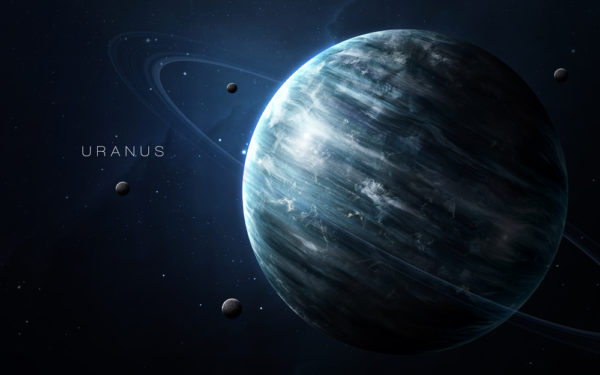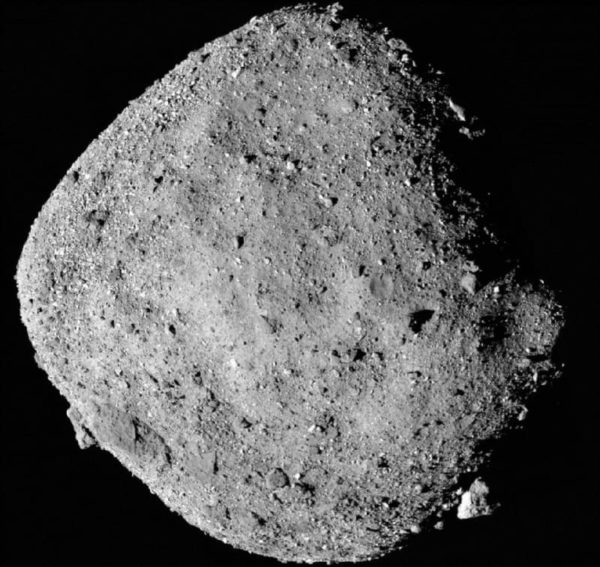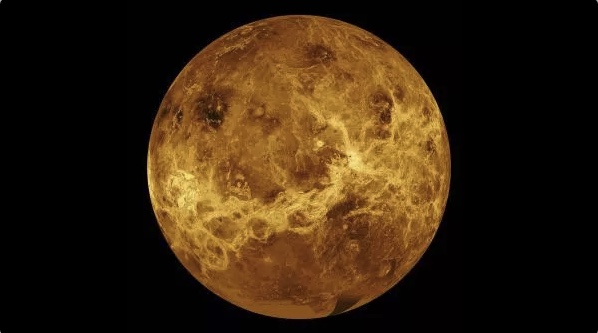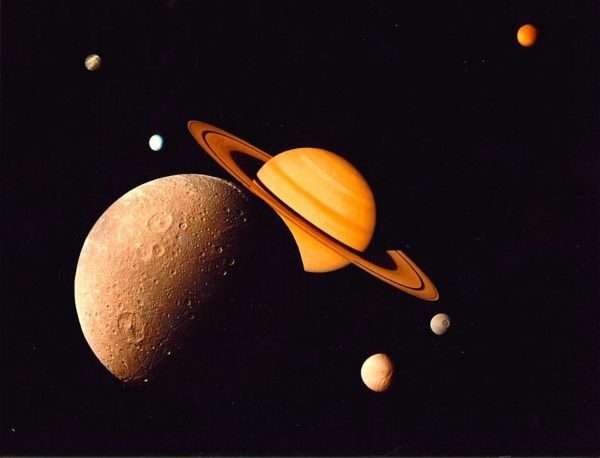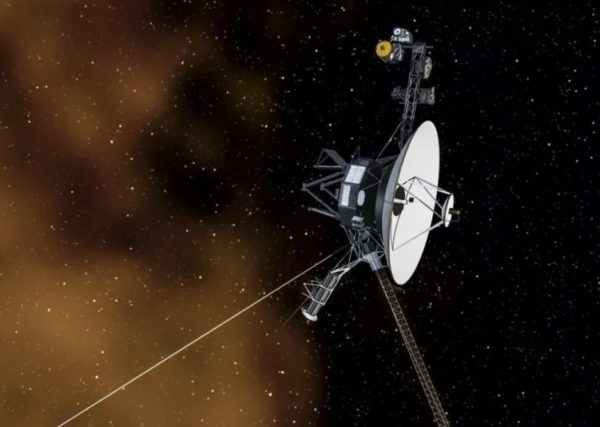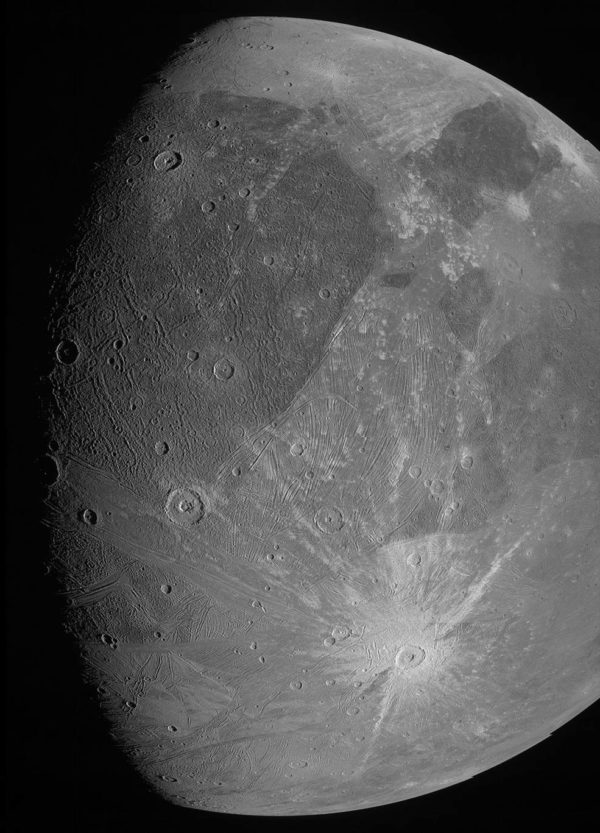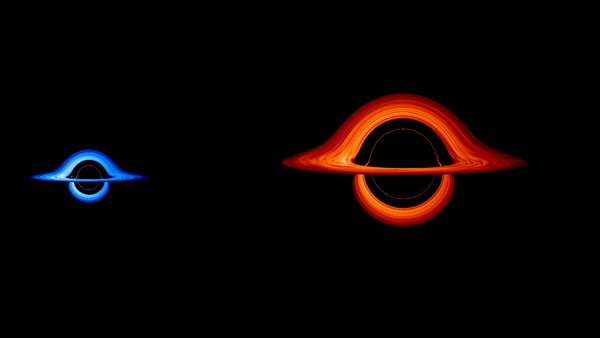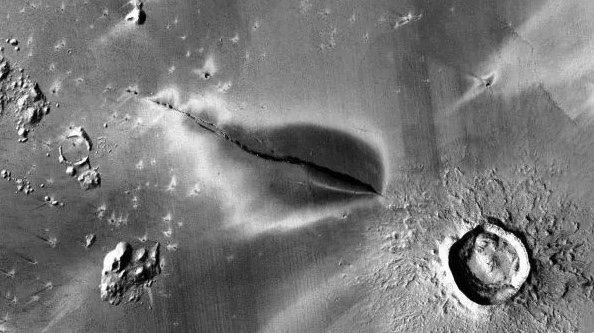NASA Asked People to Name its New Uranus Probe. It Went As Well As You’d Expect
NASA asked for suggestions for the name of its new Uranus probe, and naturally, chaos ensued. The Uranus Orbiter and Probe is a project that NASA hopes to launch in 2030. It’s a good idea; asking the public to give that probe a name, however, is not. The mission plans to spend, as the title suggests, several years orbiting the seventh planet from the Sun. It would potentially send a probe down through its atmosphere to the surface. Full Story from Pink News



